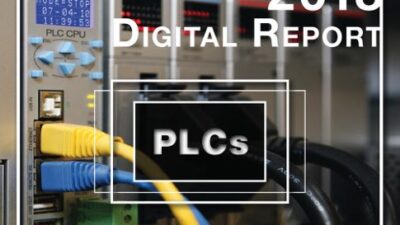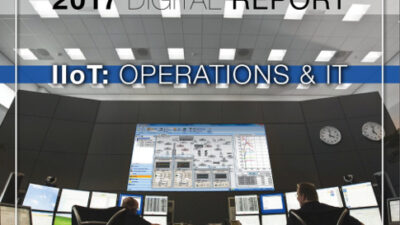National Instruments product manager uses NI LabVIEW and FieldPoint in a self-described do-it-yourself geekout, setting out to create the most elaborate lawn sprinkler ever. On the upside, neighborhood dogs have learned about remote control capabilities. The process included electrical and mechanical implementation, control design, start-up, testing, and operations.
National Instruments LabVIEW and FieldPoint technologies can be used on smaller projects, as well, such as a home sprinkler system.
National Instruments LabVIEW and FieldPoint technologies can be used on smaller automation projects, such as a home sprinkler system. While NI controls some huge systems, including James Webb Space Telescope (JWST) and
CERN Large Hadron Collider (LHC)
, the “the little guy” shouldn’t be overlooked, suggests Rick Kuhlman,Kuhlman admits some may see a home sprinkler automation project as slightly geeky. Perhaps even “Socks-and-sandals, Unix-bearded, MMORPG geeky.” The first personal project was to automate an aging home sprinkler system. Armed with a traditional, real-time NI FieldPoint system and a few relay channels (rescued and repaired from the recycling bin), “I set out to create the most elaborate sprinkler system ever seen.”The four-step process went something like this, Kuhlman says: Step 1, mechanical, electrical : Make the plumbing, sprinkler heads, and electronic valves leak-free and wire them to the garage. Step 2, controls design, testing : “Overengineer” a LabVIEW state machine with file I/O, multiple unused states (for future scalability), a type-def enumeration, conditional compile structures, a customizable test sequence, a remote front panel, and many other intelligent, credibility-building LabVIEW constructs. “As expected, my program compiled and downloaded nicely to the controller where I observed my oh-so-clever heartbeat LED whirring away. With my working system, some DIN rail, a wireless access point, a ‘Powered by LabVIEW’ poster, and an NI screwdriver, I mounted and wired everything on the garage wall. All zones seemed to work in test mode.” Step 3, startup : Worry, rejoice, and get humored. After a restless night, the system came alive as scheduled at 6 a.m. The water turret swept the front yard on cue. “I was ecstatic, and my wife was unimpressed,” Kuhlman recalls, though, “I have earned a lot of credibility with my coworkers.”
Step 4, operations : Teach area dogs a lesson in watering supremacy. “I enjoy logging into my sprinkler system wirelessly from the couch to spray dogs that are about to you-know-what on my lawn.”Learn more about Kuhlman and the NI sprinkler project on the NI community site in Kuhlman’s blog entry. – Edited by Mark T. Hoske , editor in chief Control Engineering News Desk Register here to select your choice of free eNewsletters .


